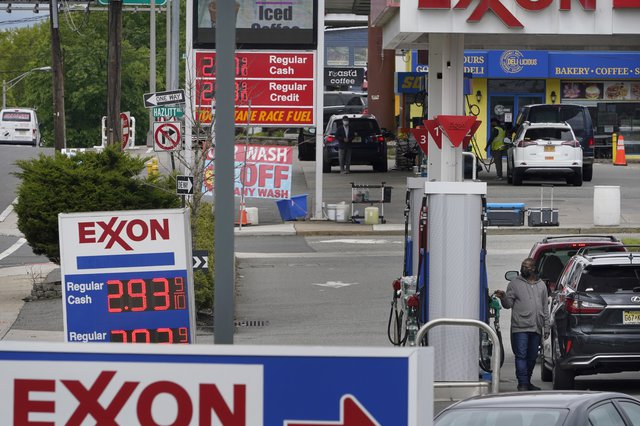Gasoline, a vital commodity powering our modern world, is subject to the ebbs and flows of a complex economic landscape. As we navigate an era of shifting energy paradigms and environmental consciousness, understanding the economics behind gas prices is more crucial than ever. In this blog post, we delve into the multifaceted factors that influence the pump, shedding light on the forces shaping the cost of fuel and the implications for both consumers and economies.
Supply and Demand Dynamics
At the heart of the economics of gas prices lies the fundamental principle of supply and demand. When global demand for oil outpaces supply, prices surge, and conversely, when supply exceeds demand, prices tend to drop. This delicate equilibrium is influenced by geopolitical events, production cuts by oil-producing nations, and technological advancements that impact the availability of alternative energy sources.
The Organization of the Petroleum Exporting Countries (OPEC) plays a significant role in manipulating oil supply by adjusting production quotas. The decisions made during OPEC meetings can send shockwaves through global markets, causing fluctuations in gas prices. Additionally, factors such as economic growth, seasonal variations, and geopolitical tensions further contribute to the intricate dance between supply and demand.
Crude Oil Costs and Refining Margins
Crude oil, the primary raw material for gasoline, accounts for a significant portion of the final gas price. The international oil market’s pricing is influenced by geopolitical tensions, production disruptions, and the economic health of major oil-producing countries. The shale revolution in the United States has added a layer of complexity, as the country’s increased domestic production can impact global oil prices.
Refining, the process by which crude oil is converted into gasoline and other products, introduces refining margins into the price equation. These margins reflect the difference between the cost of crude oil and the revenue generated from selling refined products. Technological advancements in refining can influence these margins, impacting gas prices at the pump.
Distribution and Marketing Costs
Once refined, gasoline must be transported to distribution points and then delivered to gas stations. This involves transportation costs, storage fees, and other logistical expenses that contribute to the final price consumers pay. Marketing costs, including advertising and branding, are also factored in, as gas stations compete for customers’ attention and loyalty.

Taxes and Government Regulations
Taxes imposed by federal, state, and local governments play a significant role in determining gas prices. These taxes are often earmarked for transportation infrastructure projects, contributing to the maintenance of roads, bridges, and public transit systems. Government policies, such as carbon taxes and emissions regulations, can also impact gas prices by incentivizing cleaner energy sources or imposing penalties on carbon emissions.
Exchange Rates and Global Markets
The value of the U.S. dollar relative to other currencies can influence gas prices. Since oil is traded in dollars, fluctuations in exchange rates can impact the purchasing power of oil-importing countries. A stronger dollar can reduce the cost of imported oil, potentially leading to lower gas prices for consumers. Conversely, a weaker dollar can contribute to higher gas prices as the cost of imported oil rises.
Global market dynamics, including economic growth in emerging markets and shifts in oil demand patterns, can also influence gas prices. As countries like China and India continue to experience rapid industrialization and urbanization, their energy demands can drive up global oil prices.
Environmental and Technological Factors
In recent years, environmental concerns and technological advancements have introduced new dimensions to the economics of gas prices. Growing awareness of climate change has led to calls for cleaner energy sources and reduced dependence on fossil fuels. This has prompted investments in renewable energy technologies and electric vehicles, potentially altering the demand for gasoline in the long run.
Moreover, advancements in drilling techniques and extraction technologies have unlocked new sources of oil and gas, impacting the overall supply landscape. The rise of electric vehicles, coupled with breakthroughs in battery technology, could potentially disrupt the traditional gasoline market and reshape the energy sector’s economy. If you want more information about the economics of gas prices, please have a peek at this website to learn more.
Conclusion
The economics of gas prices is a dynamic interplay of intricate factors, each influencing the cost consumers pay at the pump. From supply and demand dynamics driven by geopolitical events to refining margins, taxes, and government regulations, the gas price journey is complex and multifaceted. As we navigate an evolving energy landscape marked by environmental consciousness and technological innovation, understanding these factors is crucial for making informed decisions, both as consumers and as global citizens shaping the future of energy.









